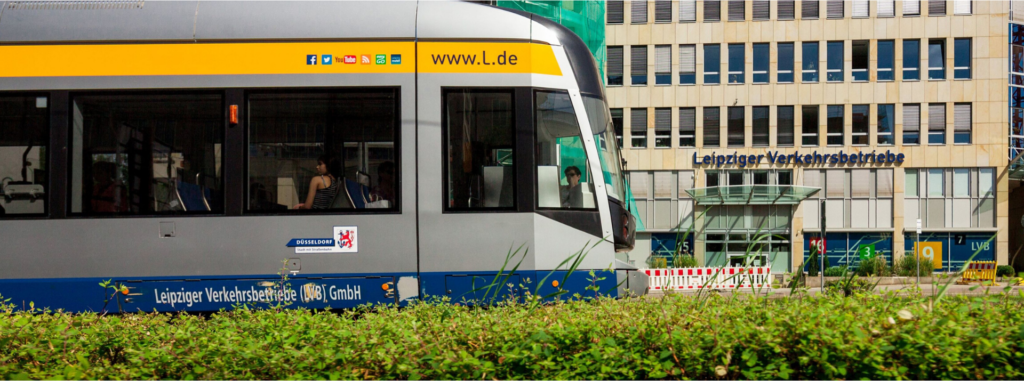Policy recommendations for car sharing
A new policy brief from the STARS project sheds light on what policymakers can do to implement better carsharing practices in Europe.
The document gives a series of ten recommendations on how they can best ensure that car sharing is integrated into existing urban transport systems without negatively impacting on other modes. These include adopting a mix of suitable car sharing models; supporting car sharing as a solution to be incorporated into sustainable urban mobility plans (SUMPs); and integrating car sharing into parking management plans. The policy brief is the result of the first research activities carried out by the nine STARS partners. Read it here.
Launched in October 2017, STARS is a Horizon 2020-funded project that aims to explore and boost the diffusion of car sharing in Europe. As part of this, it is analysing the car-sharing market, measuring the benefits of the different services and compare their costs, and studying user profiles and behaviour.
Source of information: eltis.org










